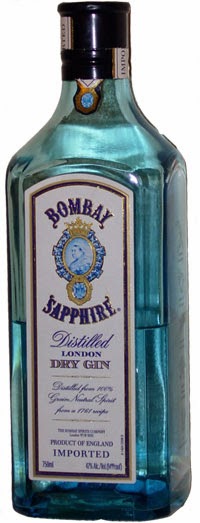High Peak looking west, seen from the Coast Path between Sidmouth and Budleigh Salterton
New interpretation panels at High Peak reveal the secrets of this Stone Age site near the South West Coast Path just a few miles east of Budleigh Salterton.
Following the harvesting of the tree crop on High Peak, between Sidmouth and Budleigh Salterton, by Clinton Devon Estates an archaeological investigation of High Peak hill camp was carried out in September 2012 to try and discover more about how this enigmatic site has been used over past centuries.
Friend of Fairlynch and children’s author Jan Oke was one of about a dozen volunteers involved in the dig on alternate days. A member of the Devon Archaeological Society, she responded to an advertisement in its newsletter and found herself working alongside professional archaeologists in a group of half a dozen volunteers keen to gain experience of digging into thousands of years of history.
The hill camp was first occupied in the Neolithic Period between 6,000 and 4,000 years ago. The site had been previously excavated in the 1960s when a jadeite axe head had been found.
As in all archaeological digs extremely careful sifting of material was needed. “But it was not tedious at all,” said Jan. “The trench we were working in was across a ditch and there was a lot of neolithic flint items, tools and pottery. I found the first piece of neolithic pot. I was rewarded with a bar of chocolate!”
The view from the cliff edge, looking west towards Ladram Bay
An added urgency felt by the group lay in the knowledge that their excavation might be the last ever at that site. “So much has fallen into the sea over the centuries,” Jan explained. “We had only a fortnight there - we’d have loved to do more.”
Approximately 1,000 flint objects were discovered, including a finely flaked arrowhead. “It was typical of early neolithic work from the period, but rare to find one in such good condition.”
Jan first got involved in archaeological digs when she volunteered to help with surveys on Woodbury Common as part of the Pebblebeds Project, following a talk given by Professor Chris Tilley to the Friends of Fairlynch. But she had experienced the thrill of making unexpected discoveries from the past when a pile of Victorian toys were found under the floorboards of her house in Little Knowle. The result was a children’s book Major Glad, Major Dizzy which she wrote in 2011, following on from an earlier book Naughty Bus.
Her hands-on experiences have inspired her to learn more about the subject. She is now hard at work as a full-time student at Exeter University, having enrolled on its three-year course in Archaeology. Who knows? Maybe the Stone Age will provide the inspiration for yet a third book for children.
Photos courtesy of Sue Dymond


























